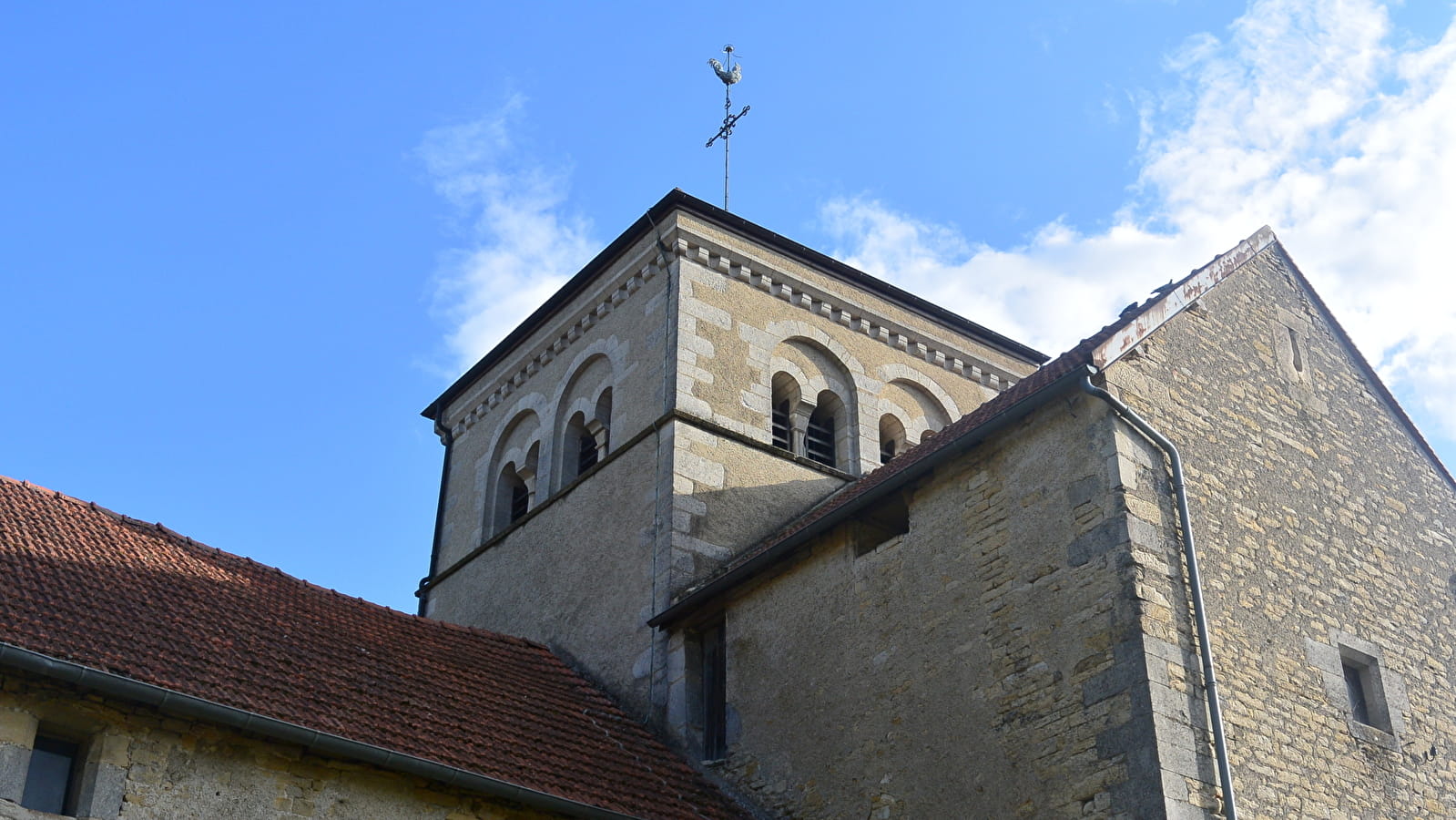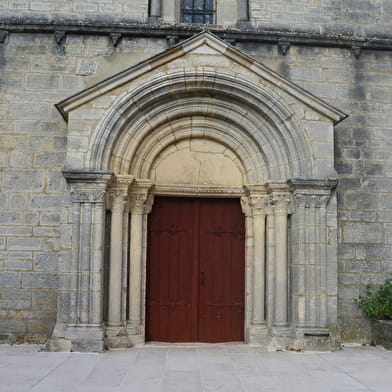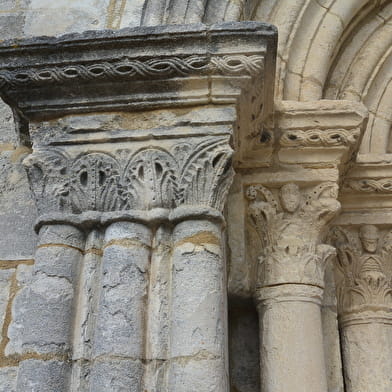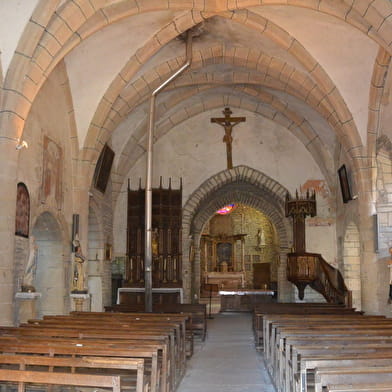
Église de l’Assomption
The church of Gemeaux, dedicated to the Assumption of the Virgin Mary, was built in the 13th century, then modified in the 15th century to make it a place of defence. It was thus included in the fortifications, of which all that remains today is the prison tower, at the corner of the ruelle des Tanneries and the place de l'Église.
The interior of the church contains interesting architectural elements, such as a 15th century wall tabernacle, a baroque altar (from the College des Godrans in Dijon) and wall paintings. The most beautiful one represents Saint-Vincent, patron saint of winegrowers, and recalls the importance of the vine in Gemeaux before phylloxera.
The arches at the entrance to rue Gemelot date from the 19th century. At the start of the rue de la Maison commune, a small square tower with a beautiful renaissance doorway can be seen.
The baroque altar in pink marble comes from the theology room of the Godrans College, which was disused in the 18th century. It was installed in the church of Gemeaux in March 1769. Its presence, unusual because of its size and workmanship, gave rise to a legend that the carriage carrying it from Dijon to Langres, exhausted, exhausted and in poor condition, was unable to continue its journey. The altar was then deposited in Gemeaux. But the reality is more banal: the church needed a new altar and the aldermen, having found it very beautiful, bought it.
In 2007, it was noticed that the base of a vault was coming loose and that the whole thing was in danger of falling. In November of the same year, some members of the Arpege association dismantled the baldachin, which was then stored in the sacristy. The first conservation actions were an insecticide treatment and the gluing of some elements, an attempt to reassemble the canopy by hand showed that the association was not sufficiently equipped for this kind of intervention. The baldachin was therefore stored in the sacristy until better days.
A restoration operation was carried out in 2021 and the baldachin was reinstated in January 2022.
Free guided tours of the church are organised every Tuesday during the summer, by reservation only: 03 80 95 24 03
________________________________________________________________________________________________________________
The church of Gemeaux, dedicated to the Virgin Mary, was built in the 13th century, then modified in the 15th century to make it a defensive place. It was included in the fortifications, of which all that remains today is the prison tower, at the corner of the ruelle des Tanneries and the place de l'Église.
The interior of the church contains interesting architectural elements, such as a 15th century wall tabernacle, a baroque altar (from the College des Godrans in Dijon) and wall paintings. The most beautiful one represents Saint-Vincent, patron saint of winegrowers, and recalls the importance of the vine in Gemeaux before phylloxera.
The arches at the entrance to rue Gemelot date from the 19th century. At the start of the rue de la Maison commune, a small square tower with a beautiful renaissance doorway can be seen.
The baroque altar in pink marble comes from the theology room of the Godrans College, which was disused in the 18th century. It was installed in the church of Gemeaux in March 1769. Its presence, unusual because of its size and workmanship, gave rise to a legend that the carriage carrying it from Dijon to Langres, exhausted, exhausted and in poor condition, was unable to continue its journey. The altar was then deposited in Gemeaux. But the reality is more banal: the church needed a new altar and the aldermen found it very beautiful and bought it.
In 2007, it was noticed that the base of a vault was coming loose and that the whole thing was in danger of falling. In November of the same year, some members of the Arpege association dismantled the baldachin, which was then stored in the sacristy. The first conservation actions were an insecticide treatment and the gluing of some elements, an attempt to reassemble the canopy by hand showed that the association was not sufficiently equipped for this kind of intervention. The baldachin was therefore stored in the sacristy until better days.
A restoration operation was carried out in 2021 and the baldachin was put back in its place in January 2022.
Free guided tours of the church are organised every Tuesday during the summer, by reservation only: 03 80 95 24 03
- French
Brochures Bourgogne Tourisme
Consult our brochures online or order them to receive at home






